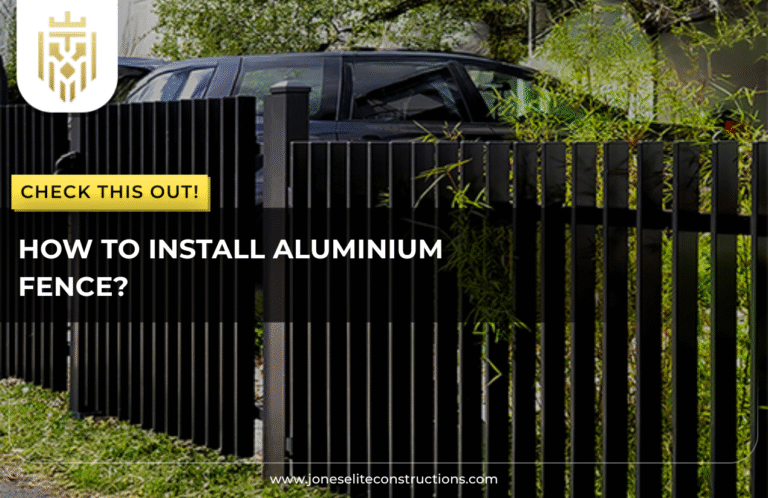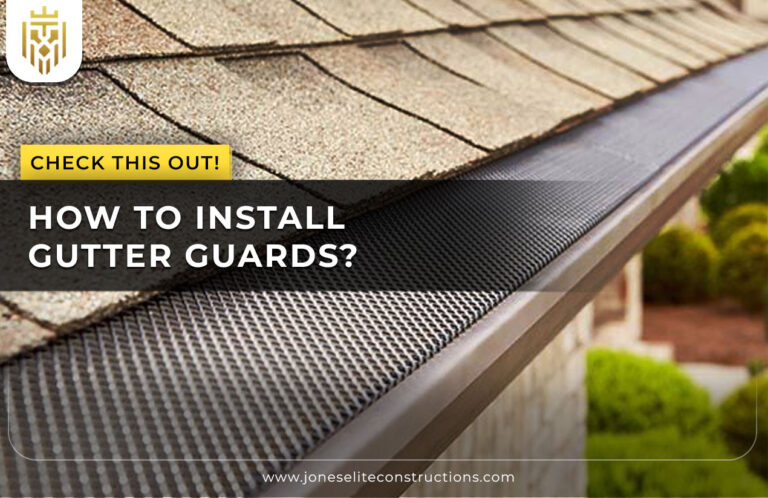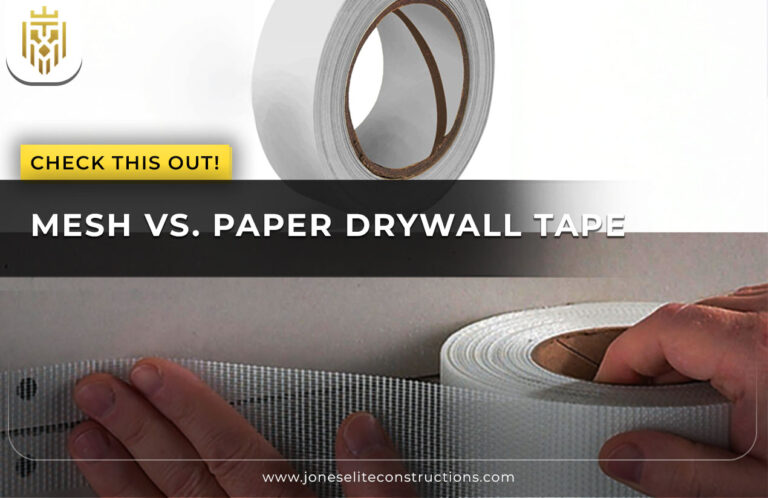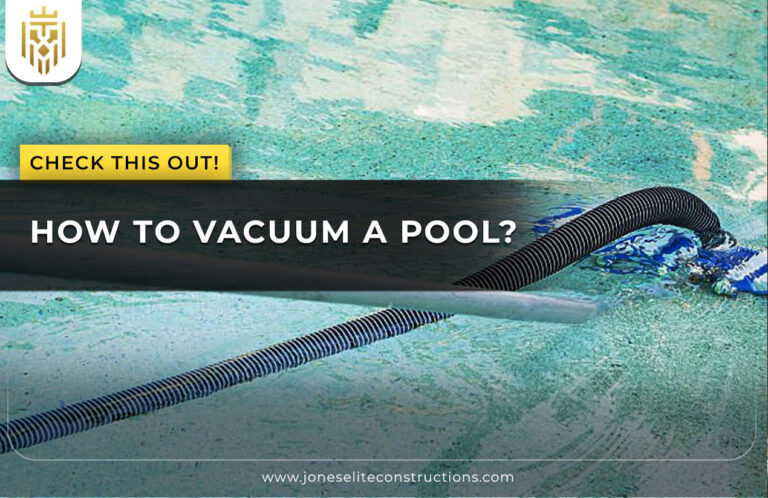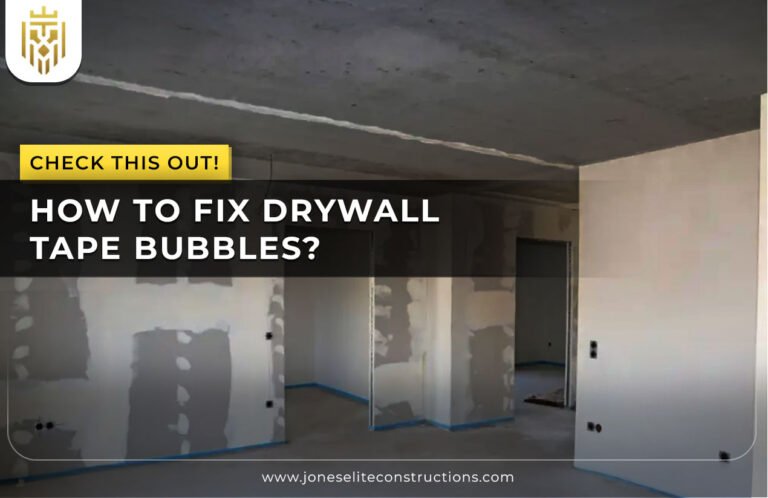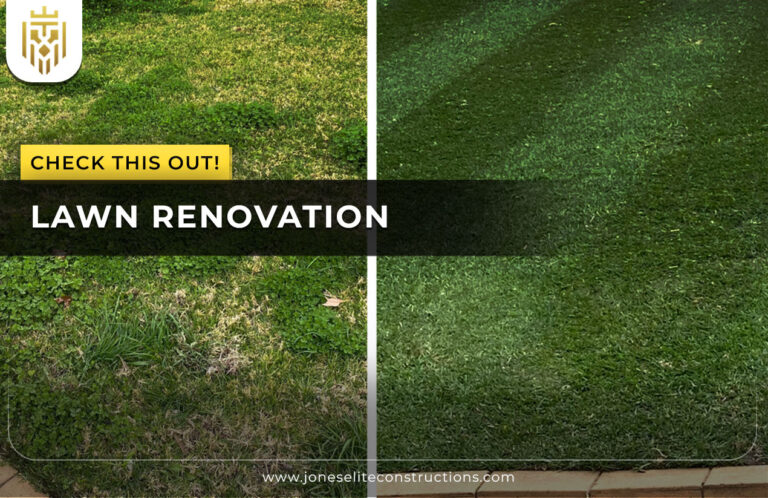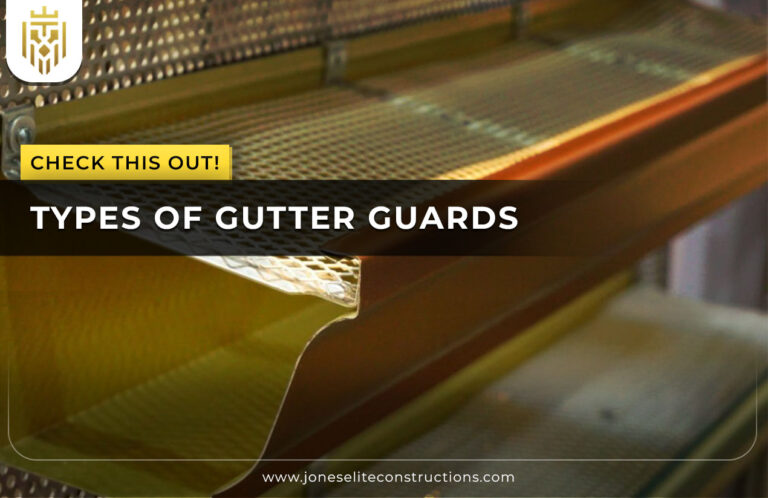How to Vacuum a Pool Manually?
Following the correct instructions on how to vacuum a pool manually will keep the water clean and fit. Frequent pool cleaning will eliminate dirt, sand and leaves that can distort water or destroy equipment. This process helps in improving the general state of pool maintenance such that there is safety and comfort in swimming by all.
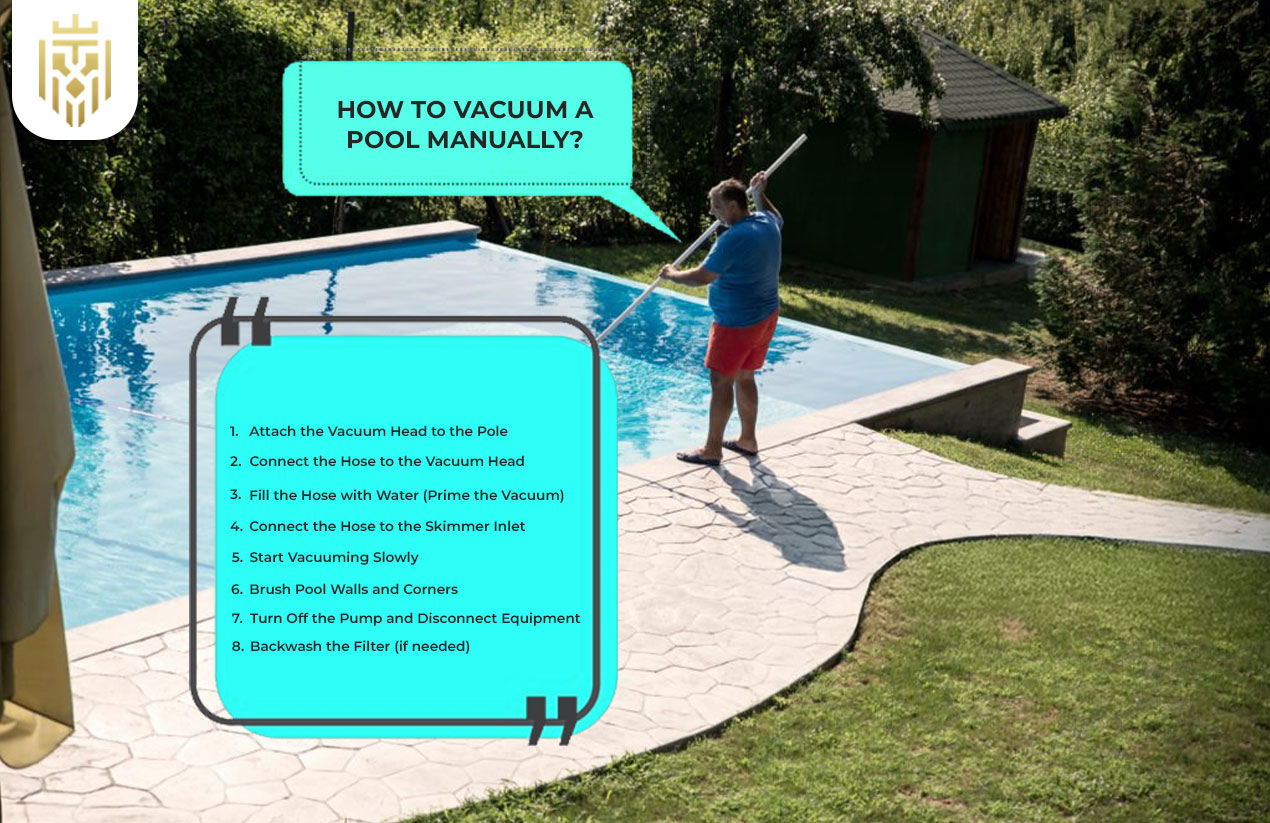
Attach the Vacuum Head to the Pole
The first step involves fixing the pool vacuum head to the telescopic pole. This measure offers adequate access to the floor of the pool. Ensure to have a tight connection to retain suction power. Proper equipment installation enhances the process of clearing up the pool debris and thus makes the cleaning process easier and more convenient.
Connect the Hose to the Vacuum Head
You should then connect the pool hose with the vacuum head. A safe connection is important in preventing suction loss in the process of cleaning. Step by step pool vacuuming without skipping any stage is the best way of removing dirt effectively, which will enhance cleaner water and avoid accumulation of debris in the various places in the pool.
Fill the Hose with Water (Prime the Vacuum)
It is recommended to fill the hose with water before beginning to remove air bubbles. Priming advances suction and prevents entry of air into the system. It is a significant procedure for how to clean a pool with a vacuum that allows smooth and successful running throughout the vacuuming procedure.
Connect the Hose to the Skimmer Inlet
After filling the hose with water, connect it to the skimmer inlet. This relationship enables suctioning by the pool pump, and this pulls in dirt and particles. Secure attachment maintains a constant water flow, and this also allows us to maintain constant pressure during the vacuum pool process.
Start Vacuuming Slowly
The vacuum head should be moved slowly over the floor of the pool so that it does not stir up debris. It is believed that controlled movement is the best way to vacuum pool surfaces cleaned and all the dirt settled and to ensure that there is no cloudy water. Even the difference between slow and swift strokes creates a remarkable degree of cleanliness.
Brush Pool Walls and Corners
A pool brush will be used to eliminate algae and dirt that attaches to walls and corners. Brushing before or after the cleaning of the vacuum system makes the pool maintenance a more comprehensive task. It also simplifies cleaning in the future, as the accumulation is not allowed to accumulate to be more difficult to clean as the years pass.
Turn Off the Pump and Disconnect Equipment
Once the vacuuming is done, the pool pump must be turned off, and the equipment disconnected very carefully. The correct treatment will avoid breaking of the pool hose and other components. This action is to avoid leaving everything in a poor state, and thus your next cleaning exercise becomes easier and more effective.
Backwash the Filter (if needed)
In case the pool filter is filled with dirt, it may be necessary to backwash it. This inverts the flow of water to remove accumulated debris to keep the process of filtration. Smart pool vacuum cleaning tips include regular filter repair to ensure that the water is transparent and that your system lasts.
How to Vacuum In-Ground Pool?
To vacuum an inground pool entails correct installation, gradual cleaning, and efficient maintenance of equipment. The use of priming the hose, ensuring connections and moving around the floor in a systematic manner is a sure way of ensuring the removal of all dirt, leaving your pool in a shiny and well-kept condition to conduct normal swimming.
How to Vacuum Above-Ground Pool?
Knowing how to vacuum above ground swimming pool involves the actions of linking of vacuum system and moving softly to guarantee circulation of water. This technique helps to minimize floating debris and maintain the pool water in a clean condition, which contributes to easier pool maintenance during swimming.
Benefits of Vacuuming Your Pool
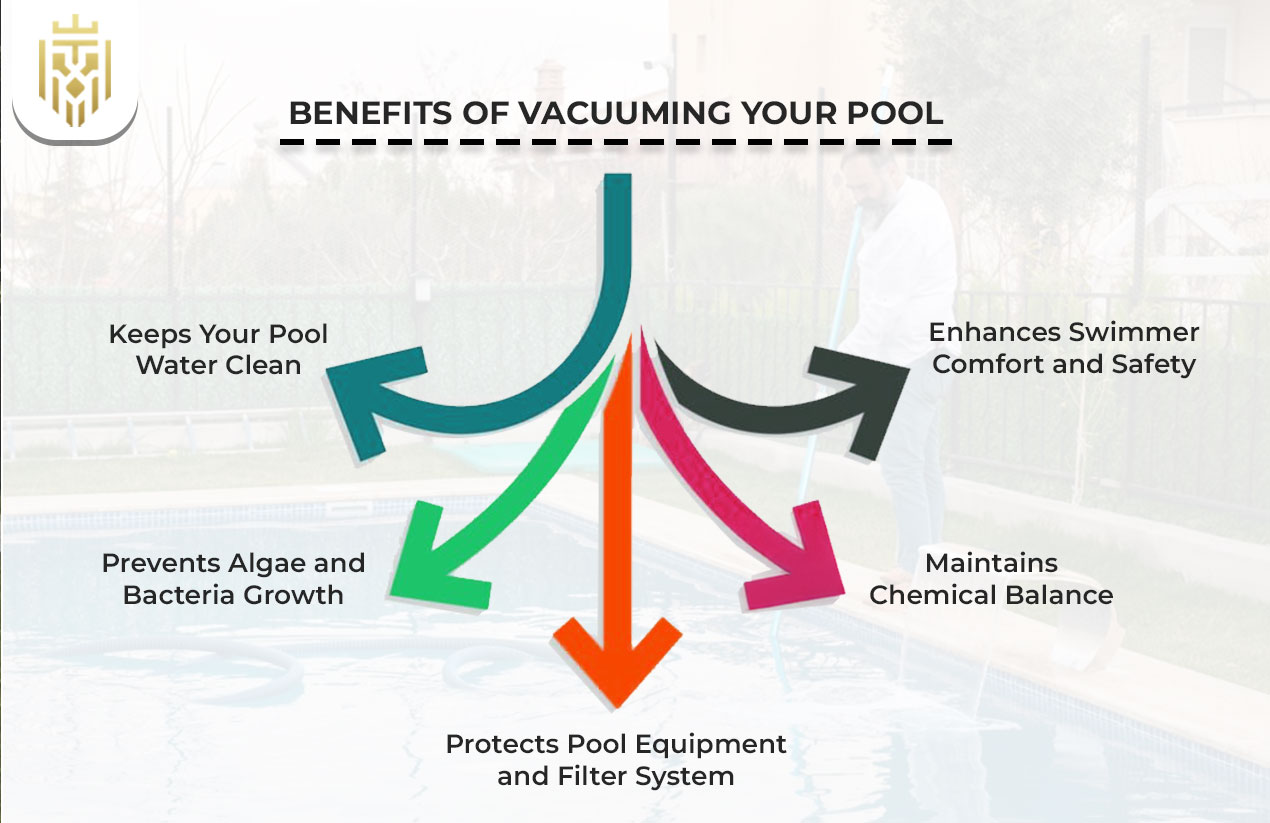
Frequent cleaning of a vacuum pool helps to keep the dirt out, enhances circulation, and keeps the waters clear. It also saves on energy by reducing the pressure on the filtration system to lengthen the life of the equipment. Regular vacuuming is also a good thing, as it improves the general condition of the swimming pool, making it healthier and safer throughout the year.
Keeps Your Pool Water Clean
A major advantage of using a pool vacuum properly is the resultant clean and healthy water. It eliminates debris and particles before they are issues. A clean pool implies reduction in contaminants, clear visibility, and enhanced fun of swimming for everyone utilising the pool.
Prevents Algae and Bacteria Growth
The rigorous pool cleaning with the help of a pool vacuum prevents the appearance of algae and bacteria. It can be kept healthy by the frequent elimination of organic matter, which means that it does not require excessive chemicals. This helps in maintaining the clarity of water in the long run as well as in creating a more hygienic environment to swim in, especially during the warm months.
Protects Pool Equipment and Filter System
Regular pool cleaning prevents the build-up of debris that may be deposited on the pool filter and ruin the pool pump. Early clearing of dirt prevents the damage of the costly equipment and guarantees proper functioning. There is a financial goal in this preventive care as it will save money on repair charges and increase the total life of your pool system parts.
Maintains Chemical Balance
Balanced water chemistry is supported by regular vacuuming. The clearing of unnecessary debris implies reduced reactants of chemicals in the pool. Such a balance promotes water quality, decreases the usage of chemicals, and leads to the provision of the overall pool maintenance, which helps in ensuring that your swimming environment remains safe and crystal-clear all through the season.
Enhances Swimmer Comfort and Safety
Good pool maintenance increases the comfort of the swimmer. Cleaner water and enhanced circulation is achieved by removing fine particles. Good results can also be achieved with effective vacuuming pool without pump options when properly done and they will offer a safe and enjoyable swimming environment to both the family and the guest.
Common Pool Vacuuming Mistakes to Avoid
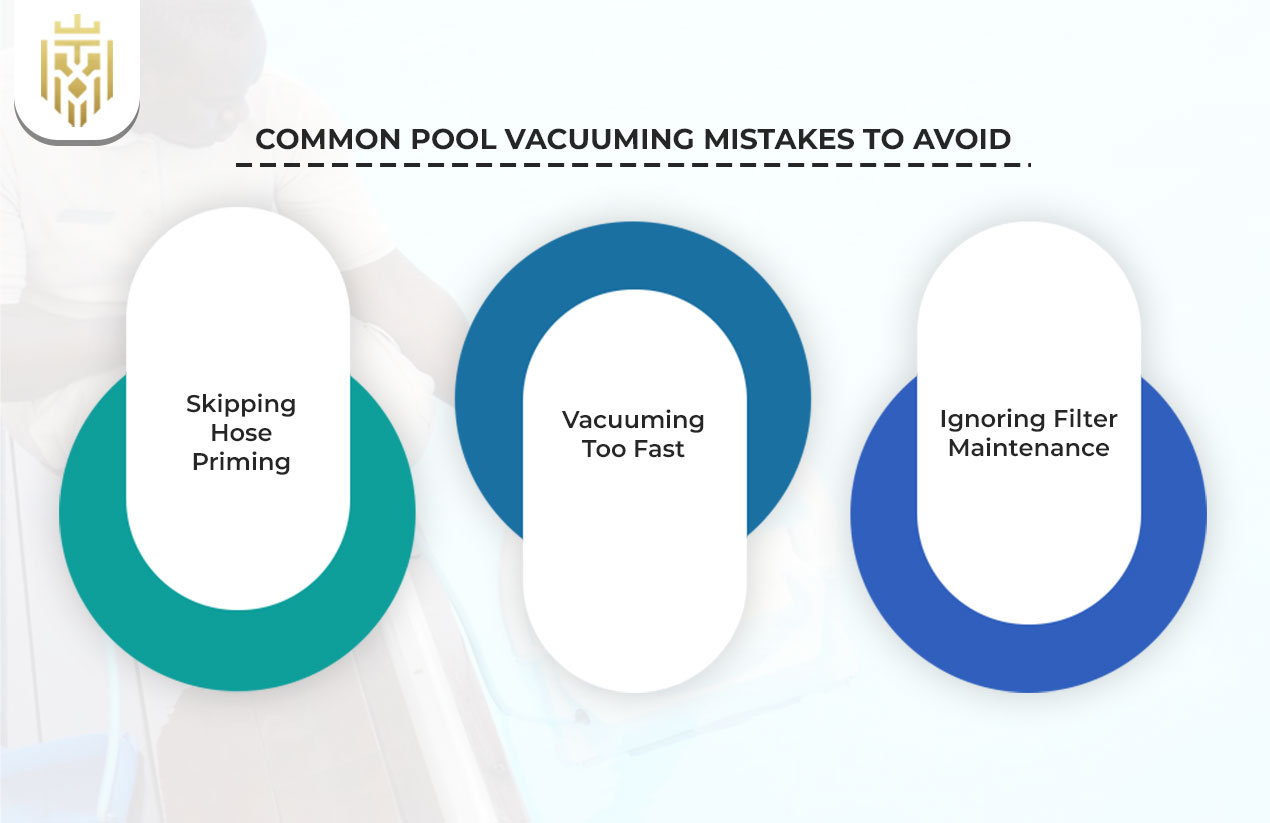
Even when appropriate equipment is used, any error on the way up to step by step pool vacuuming may diminish the performance of cleaning. There is a risk of cloudy water and strained equipment in case of the absence of necessary steps, hurry, or inattention to the filter. A 100 percent safety at every step guarantees easier hygiene and transparency of the pool.
Skipping Hose Priming
When the pool hose is not primed, air cannot be held back and this diminishes suction. This is an easy error that renders the process of vacuuming ineffective, and may even break the pump. The use of pool vacuum systems to clean the pool thoroughly is a crucial process that cannot be done without priming.
Vacuuming Too Fast
Hurrying through the process churns up the debris on the pool surface and stops the proper suction. The most effective way to vacuum pool surfaces is to move slowly to ensure that dirt is not resettled and the water can remain clean and clear.
Ignoring Filter Maintenance
Poor circulation and murky water are caused by the fact that the pool filter is not taken care of. Cleaning or back washing of the system is done regularly to maintain the system at its efficient level. Adhering to the advice in pool vacuum cleaning is known to ensure that the pool is kept clean, equipment is preserved and cleaning is made easy in the future in case of long term pool health.
FAQs
1) How often should you vacuum a pool?
Clean your pool by vacuuming it once a week to ensure that there is clean water and algae does not form. Increased cleaning might be required following storms, intense traffic, or dropped debris.
2) How to vacuum a pool?
Connect the pole, hose and the vacuum head. Pre-tube the hose, attach it to the skimmer and slowly vacuum the floor of the pool, making sure that the skimmer is well covered to take in all the debris.
3) How long does it take to vacuum a pool?
The time is normally 20-45 minutes, based on the size of a pool and the amount of debris. The heavy dirt or larger pools will require more time to clean and become clear of water.
4) How to vacuum in-ground pool?
Vacuum either by hand or automatically. Hose, prime hose, and vacuum. In-ground pools require slower swimming laps to get the settled debris off and to clean the pool thoroughly.
5) What are the benefits of vacuuming your pool?
Vacuum cleaning eliminates dirt, inhibits algae and ensures clean water. It will decrease chemical application, improve the comfort of swimming, and ensure the preservation of equipment in the pools through limiting the load on the filtration system.

